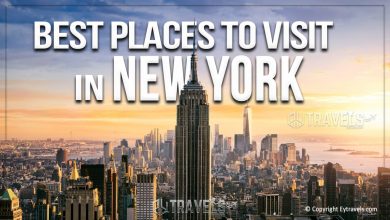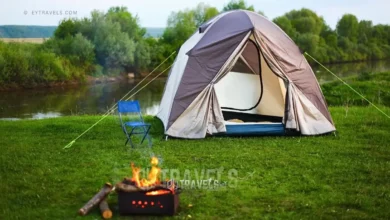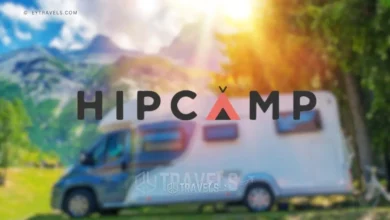Your Ultimate Guide to Camping in National Parks
National parks are natural wonders that are preserved and protected by the National Park Service. They are a haven for outdoor enthusiasts and nature lovers, offering breathtaking landscapes, diverse ecosystems, and countless recreational activities. Camping in national parks allows you to fully immerse yourself in the beauty and serenity of these natural wonders, creating unforgettable memories and experiences.
What is a national park and why should you camp there?
Explore the beauty and diversity of national parks
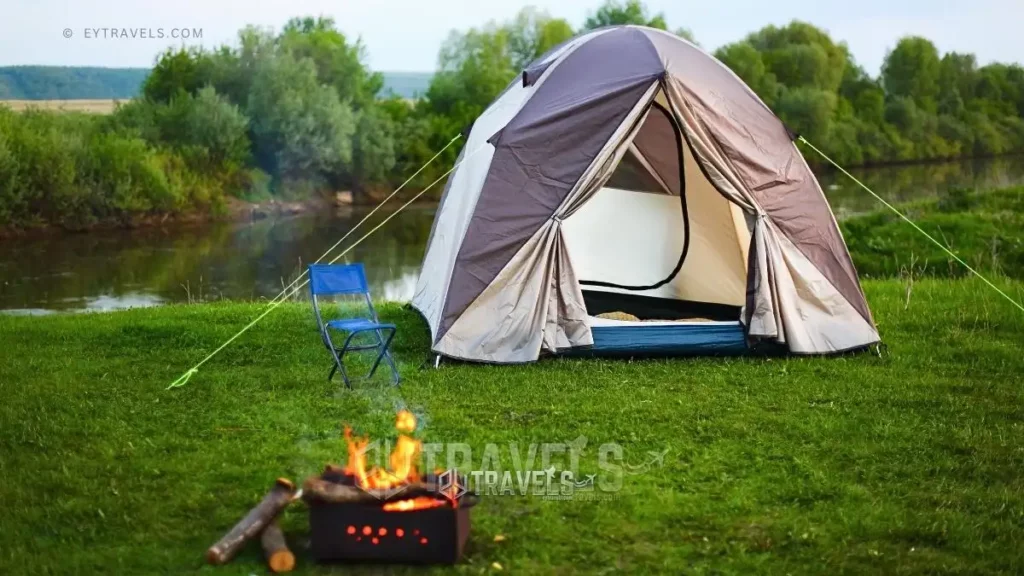
National parks are home to a variety of landscapes, ranging from towering mountains to pristine lakes, dense forests to sprawling deserts. They are a treasure trove of natural wonders, each with its own unique charm and beauty. Camping in national parks allows you to explore and appreciate the incredible diversity of these landscapes, immersing yourself in their grandeur and serenity.
Benefits of camping in national parks
Camping in national parks offers numerous benefits. Firstly, it allows you to disconnect from the hustle and bustle of everyday life and connect with nature in its purest form. It provides an opportunity to escape the noise and stress of the city and embrace the tranquility and simplicity of the great outdoors. Additionally, camping in national parks can be a cost-effective way to travel, as campsites are often more affordable than hotels or cabins. It also gives you the flexibility to explore the park at your own pace, waking up to breathtaking views just a few steps away from your tent or RV.
How to make the most of your national park camping experience
To make the most of your national park camping experience, it is essential to plan ahead and be well-prepared. Research the national park you plan to visit and familiarize yourself with its rules and regulations. Determine the type of camping experience you prefer, whether it's pitching a tent in a designated campground or embarking on a backcountry camping adventure.
Pack all the necessary camping gear and supplies, including a sturdy tent, sleeping bags, cooking equipment, and appropriate clothing. Finally, make sure to respect the park's natural environment and follow Leave No Trace principles to ensure the preservation of these pristine areas for future generations.
Your Ultimate Guide to Camping in National Parks
Types of campgrounds in national parks
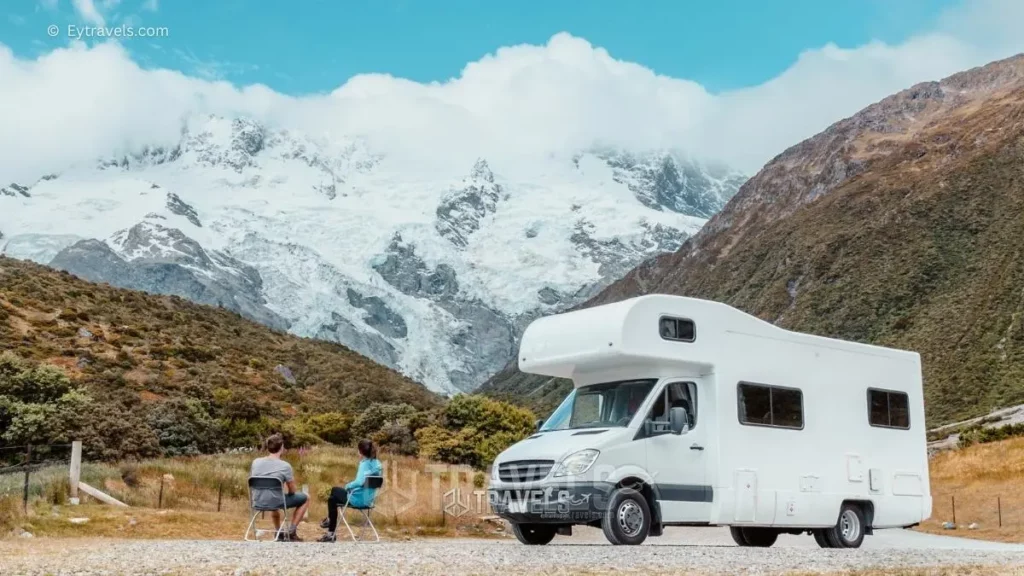
National parks offer a range of camping options to suit different preferences and needs. Some parks have developed campgrounds with designated campsites equipped with facilities such as picnic tables, fire pits, and restrooms. These campgrounds often require reservations and offer a more structured camping experience.
On the other hand, backcountry camping is available in certain national parks, which allows you to explore and camp in remote, less populated areas. It requires more preparation and self-sufficiency, as there are usually no amenities provided.
Popular national park campgrounds to consider
When choosing a campground for your national park camping trip, consider the popular options that are highly recommended by fellow campers. These campgrounds often offer stunning views, convenient amenities, and easy access to popular hiking trails or scenic attractions. Some of the most popular national park campgrounds include Yosemite National Park in California, Grand Teton National Park in Wyoming, and Acadia National Park in Maine.
Important factors to consider when selecting a campground
When selecting a campground, there are several important factors to take into consideration. Firstly, consider the availability of campsites. National park campgrounds can get crowded, especially during peak seasons, so it's essential to make reservations well in advance. Research the best time to visit the park and book your campsite months ahead if needed.
Additionally, consider the amenities available at the campground, such as potable water, restrooms, and shower facilities. The proximity to hiking trails, scenic viewpoints, and visitor centers is also worth considering, as it can enhance your overall camping experience.
Must-visit national parks for camping enthusiasts
Grand Canyon National Park: Camping amidst breathtaking landscapes
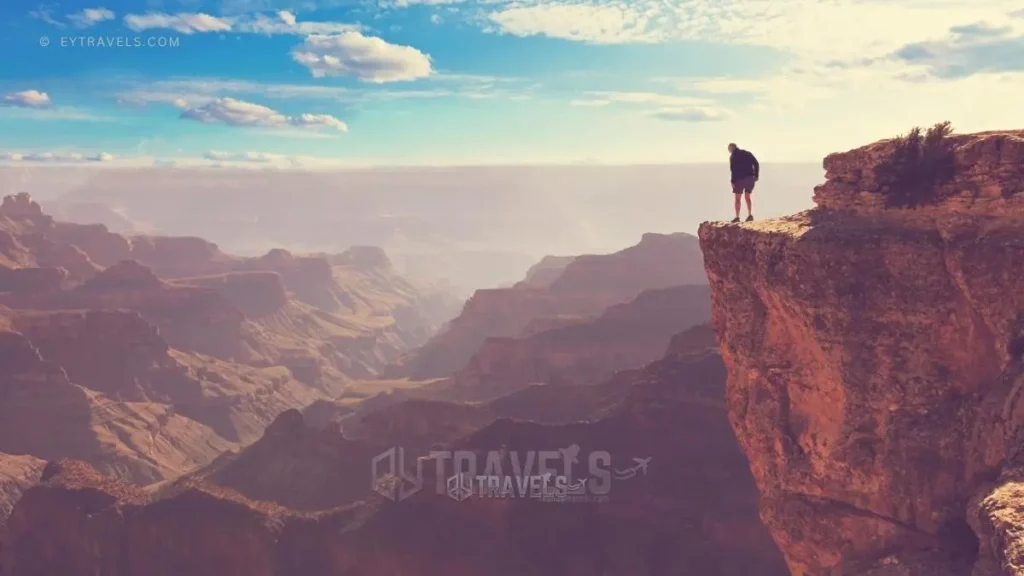
Grand Canyon National Park is a dream destination for camping enthusiasts. From the awe-inspiring views of the canyon to the star-filled night skies, camping in the Grand Canyon offers an unforgettable experience. The park offers several developed campgrounds along the rim of the canyon, providing easy access to hiking trails and iconic viewpoints. For a more adventurous camping experience, consider venturing into the backcountry, where you can escape the crowds and immerse yourself in the tranquil beauty of the canyon.
Great Smoky Mountains National Park: Camp in the heart of the Appalachian Mountains
The Great Smoky Mountains National Park is renowned for its lush forests, cascading waterfalls, and abundant wildlife. Camping in this park allows you to immerse yourself in the breathtaking beauty of the Appalachian Mountains. The park offers numerous developed campgrounds with scenic views, as well as backcountry camping options for those seeking a more secluded experience. Wake up to the gentle sounds of nature and embark on a day of hiking, wildlife spotting, or simply relaxing in this serene mountain paradise.
Yellowstone National Park: Experience nature's wonders while camping
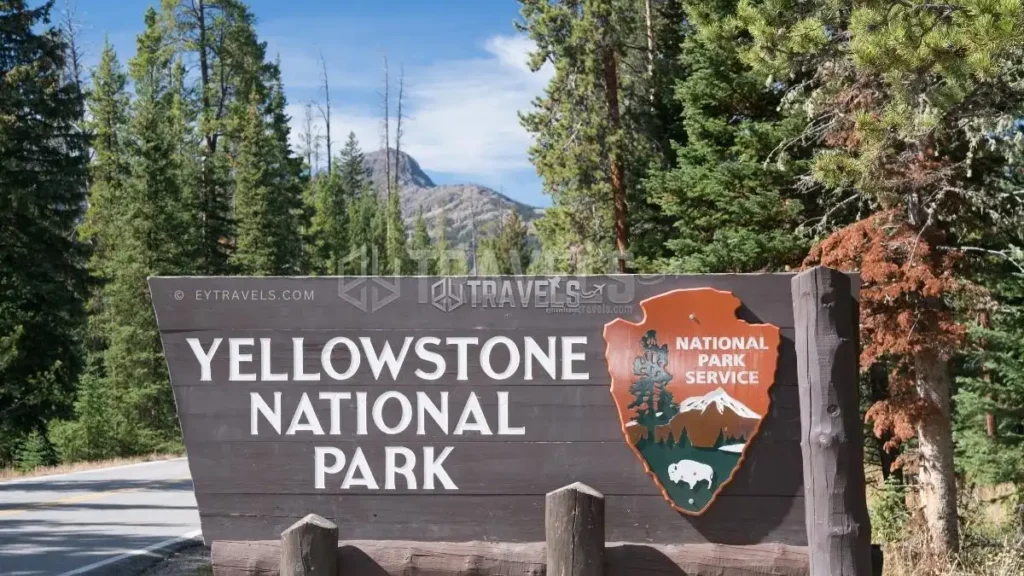
Yellowstone National Park is a true gem of the United States, known for its geysers, hot springs, and diverse wildlife. Camping in Yellowstone offers a unique opportunity to be surrounded by the park's natural wonders. The park features numerous campgrounds with various amenities, making it suitable for both tent and RV campers. Wake up to the smell of sulfur in the air, witness the iconic Old Faithful erupt, and embark on wildlife viewing adventures right from your campsite.
Exploring backcountry camping in national parks
Understanding backcountry camping and its unique challenges
Backcountry camping involves immersing yourself in the remote wilderness of a national park, away from developed campgrounds and amenities. While it offers a truly immersive and adventurous experience, backcountry camping comes with unique challenges. It requires careful planning, as you need to pack all necessary camping gear, food, and water, as well as be prepared to navigate through rugged terrain and potentially encounter wildlife. Ensure you are physically fit and have a good understanding of the park's regulations and safety guidelines before embarking on a backcountry camping adventure.
Tips for a successful backcountry camping adventure
To have a successful backcountry camping adventure, it's essential to be well-prepared and informed. Plan your route in advance, considering factors such as distance, elevation gain, and availability of water sources. Pack lightweight camping gear and essentials, as you will be carrying everything on your back. Familiarize yourself with wilderness survival skills, including basic navigation, first aid, and wildlife safety. Additionally, always practice Leave No Trace principles, ensuring that you leave the backcountry exactly as you found it, to preserve its natural beauty and integrity.
National parks with the best backcountry camping opportunities
Several national parks in the United States offer exceptional backcountry camping opportunities. Some of the popular choices include Glacier National Park in Montana, Zion National Park in Utah, and Olympic National Park in Washington. These parks offer vast wilderness areas, pristine landscapes, and the chance to truly disconnect from civilization and immerse yourself in nature.
RV camping in national parks: Everything you need to know
Advantages of RV camping in national parks
RV camping in national parks provides a comfortable and convenient way to explore these natural wonders. RVs offer the comforts of home, including a bed, kitchen, bathroom, and climate control. They also provide the flexibility to travel at your own pace and easily access different areas within the park. RV camping allows you to experience the beauty of nature while enjoying the comforts and convenience of modern amenities.
Popular national parks with RV-friendly campgrounds
Many national parks have campgrounds specifically designed to accommodate RVs. Some popular national parks with RV-friendly campgrounds include Rocky Mountain National Park in Colorado, Voyageurs National Park in Minnesota, and North Cascades National Park in Washington. These campgrounds offer facilities such as electrical hookups, dump stations, and easy access for larger vehicles.
Tips for a smooth and enjoyable RV camping experience
To have a smooth and enjoyable RV camping experience, it's important to plan ahead and be aware of the unique considerations that come with RV camping. Make sure your RV is well-maintained and in good working condition before setting off on your trip. Familiarize yourself with the park's RV campground regulations and reservation requirements, as some campgrounds may have size restrictions or require advance booking. Additionally, be mindful of your environmental impact, using designated dump stations and minimizing water and energy usage.
Q: What are some popular national parks to go camping in?
A: Some popular national parks to go camping in are Grand Canyon National Park, Great Smoky Mountains National Park, Yellowstone National Park, Acadia National Park, Grand Teton National Park, Olympic National Park, Glacier National Park, Zion National Park, Shenandoah National Park, and Yosemite National Park.
Q: Are there campgrounds available inside the national parks?
A: Yes, many national parks have campgrounds available for visitors to use. These campgrounds are located inside the park and provide convenient access to the park's attractions and hiking trails.
Q: Can I camp outside the national park if the campgrounds are full?
A: Yes, if the campgrounds inside the national park are full, you can often find campsites available outside the park. Many national parks have nearby national forests or other camping areas where you can set up your tent or park your RV.
Q: How far in advance should I book a camping spot in a national park?
A: It is recommended to book a camping spot in a national park as early as possible, especially during peak seasons. Some popular national parks, like Yellowstone and Yosemite, can fill up months in advance, so it's best to make a reservation as soon as you know you want to camp there.
Q: Are there any free camping options in national parks?
A: While most camping spots in national parks require a fee, there are some options for free camping. National forests near the parks often have dispersed camping areas where you can camp for free, but amenities may be limited.
Q: What are some other options for camping near national parks?
A: If you are unable to secure a camping spot inside the national park or find a spot outside the park, there are usually private campgrounds and RV parks in the surrounding areas. These can be a good alternative for camping near the park's entrance.
Q: Can I camp in national forests near the parks?
A: Yes, many national forests near the parks offer camping opportunities. These forests often have designated camping areas where you can set up your tent or park your RV. However, it's important to check for any specific rules or regulations regarding camping in the national forest.
Q: Can I camp in national parks for an extended period of time?
A: Most national parks have restrictions on the length of stay for camping. Typically, the maximum stay is around 14 days, although this can vary depending on the specific park. If you plan to stay for an extended period, you may need to move to a different campground or leave the park for a certain period before returning.
Q: Are there any special considerations for camping in national parks?
A: When camping in national parks, it's important to be aware of and follow all park regulations. This includes guidelines for campfires, waste disposal, wildlife interactions, and hiking safety. It's also recommended to practice Leave No Trace principles and respect the natural environment of the park.
Q: Are there any camping options in national parks that don't require reservations?
A: Some national parks have a limited number of first-come, first-served camping spots available. These spots are not reservation-based and are available on a first-come, first-served basis. However, it's important to arrive early to secure one of these spots, especially during peak seasons.



